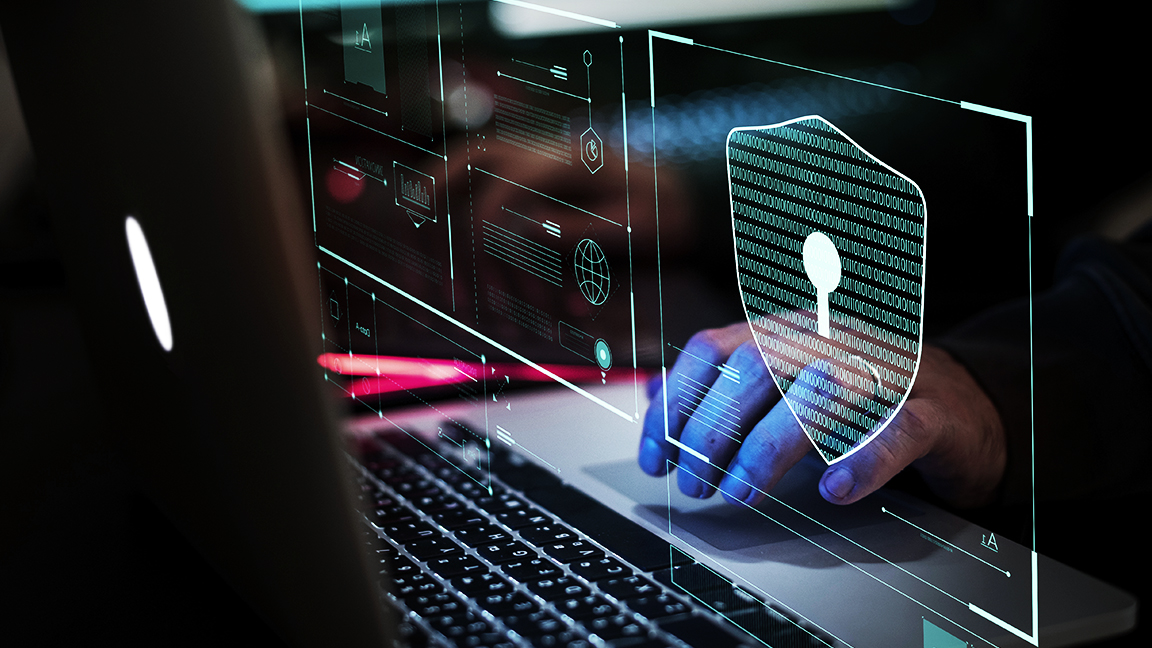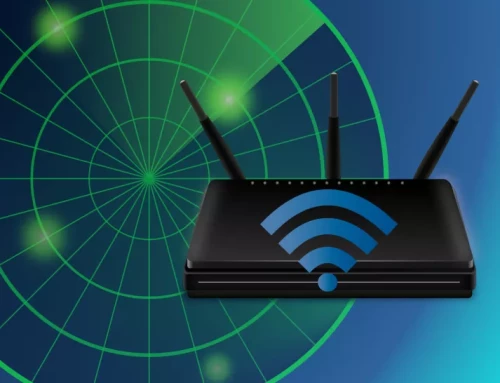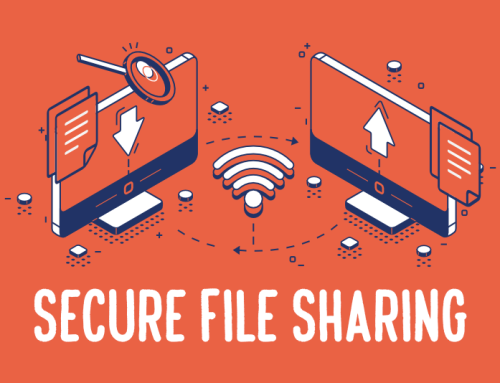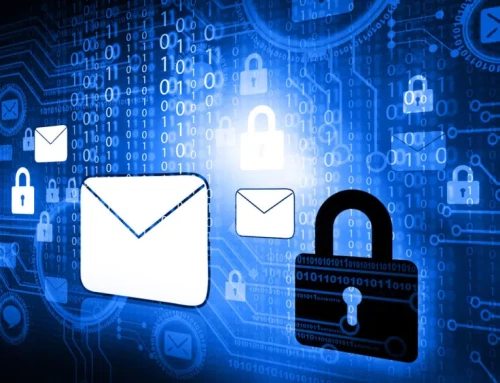Computer security
Computer security has grown to be of utmost importance in today’s world of growing connectivity. Technology is advancing quickly, and this has led to an increase in cyber threat risks. It is essential to safeguard the confidentiality, integrity, and accessibility of information while also defending our digital environment from malicious actors. This article aims to clarify the significance of computer security and offer information on practical steps that people and organisations can take to protect their digital assets.
Understanding Computer Security: The protection of computer systems, networks, and data from unauthorised access, use, disclosure, disruption, modification, or destruction is included in the concept of computer security. In order to reduce risks and maintain overall safety, it requires a multifaceted strategy that combines technical, administrative, and physical safeguards.
Threat Environment:
Computer security’s threat environment is constantly changing. Hackers, malware, phishing scams, ransomware, and other malicious activities put people, companies, and even governments at serious risk. Cybercriminals constantly come up with new strategies to take advantage of flaws and gain unauthorised access to confidential data.
Security on computers is important
Data protection: Protecting sensitive data from unauthorised access and modification, computer security ensures its confidentiality and integrity. For personal information, financial information, and intellectual property in particular, this is crucial.
Business continuity: To run their businesses, organisations rely heavily on networks and computer systems. Effective security measures ensure business continuity, protect against disruptions, and reduce financial losses.
Maintaining strong computer security fosters trust among stakeholders, including clients, partners, and business partners. It guards businesses’ reputations.
Best Computer Security Practises:
Strong Passwords: For each account, use a different, complex password, and change it frequently. Mix up the letter and number combinations, as well as the special characters.
Enable two-factor authentication (2FA) whenever you can. Users are required to provide an extra layer of security, such as a code sent to their mobile device, in order to access an account.
Maintain operating systems, applications, and security software up to date with regular updates and patching. Important security patches that address vulnerabilities are frequently included in updates.
Antivirus and antimalware software should be installed and updated regularly. Scan your computer for viruses and malware on a regular basis to find and get rid of any potential threats.
Secure Networks: Use encrypted Wi-Fi connections and secure Bluetooth transmissions.






